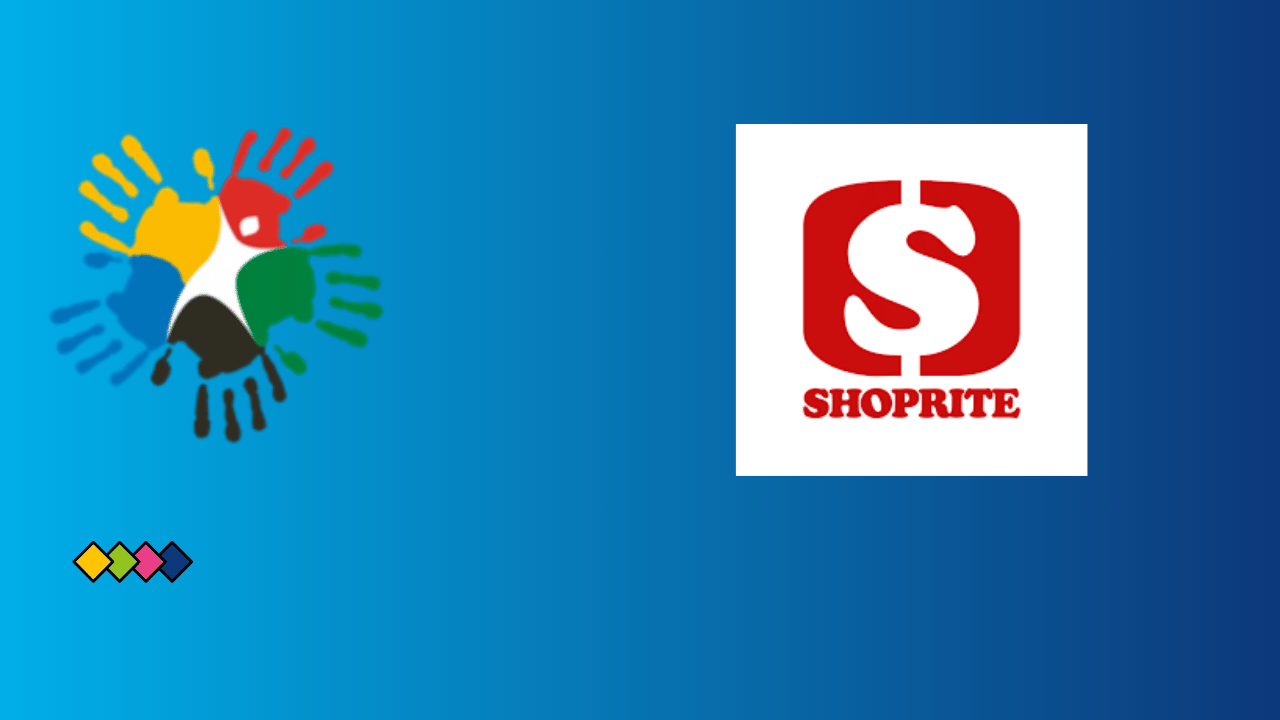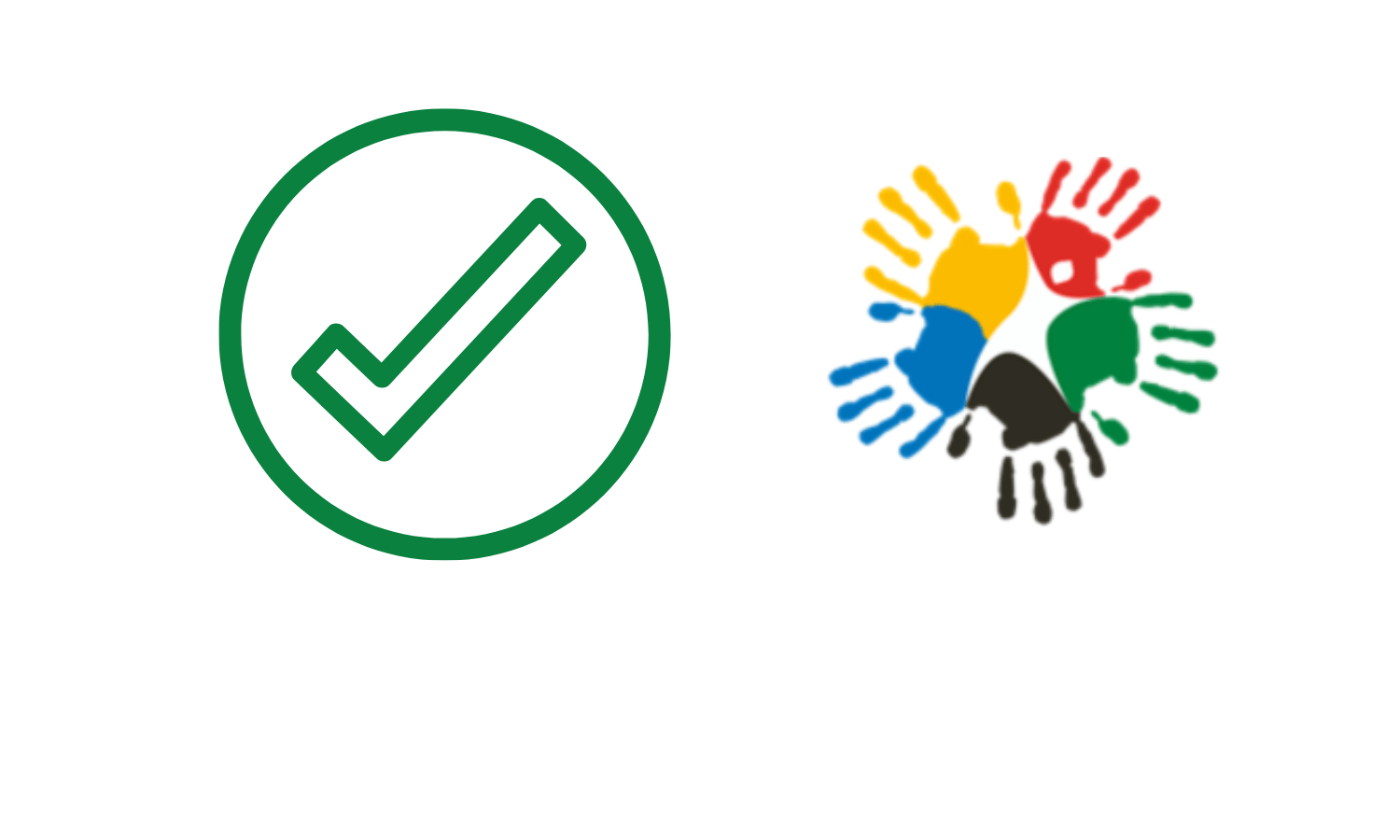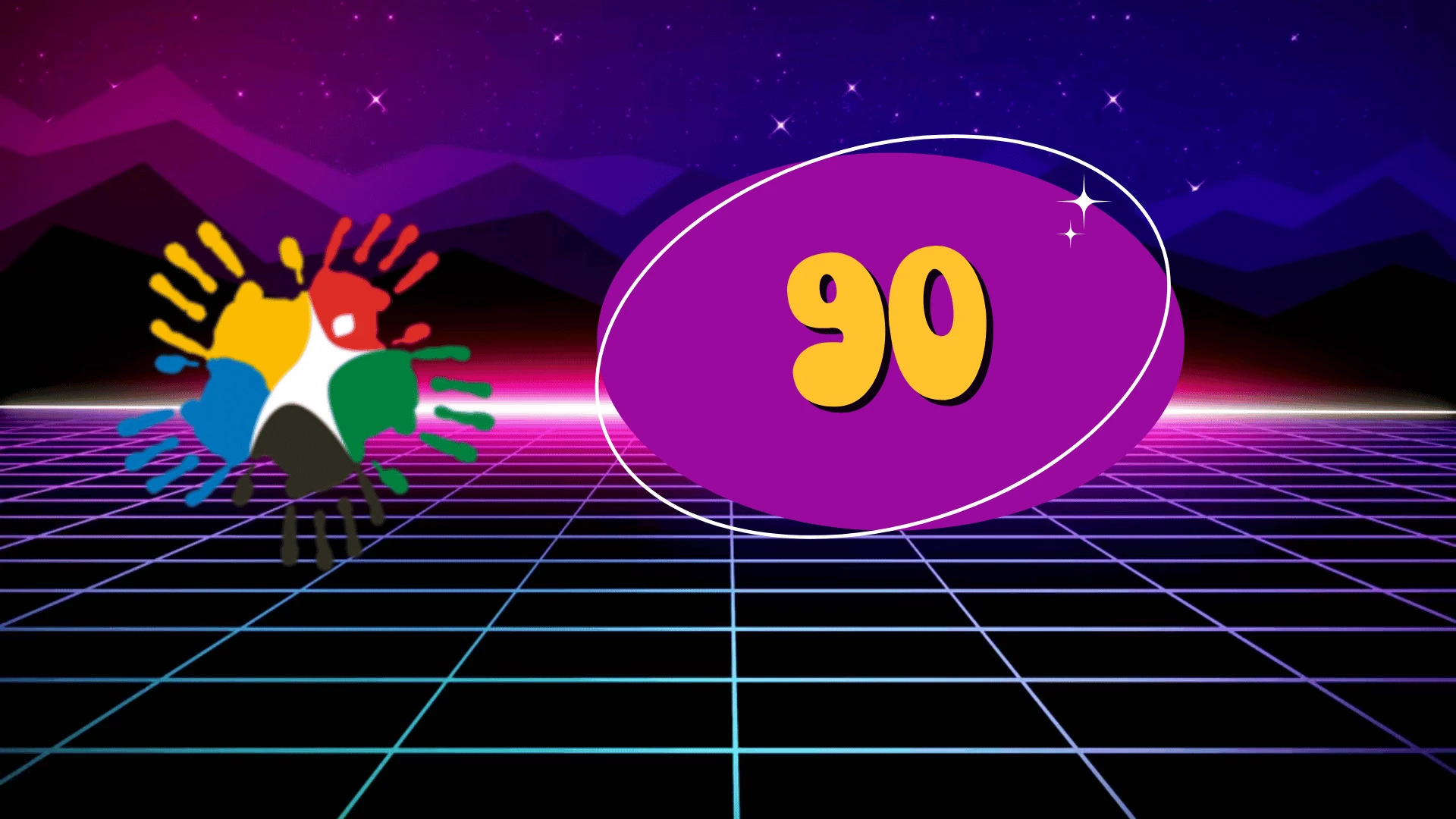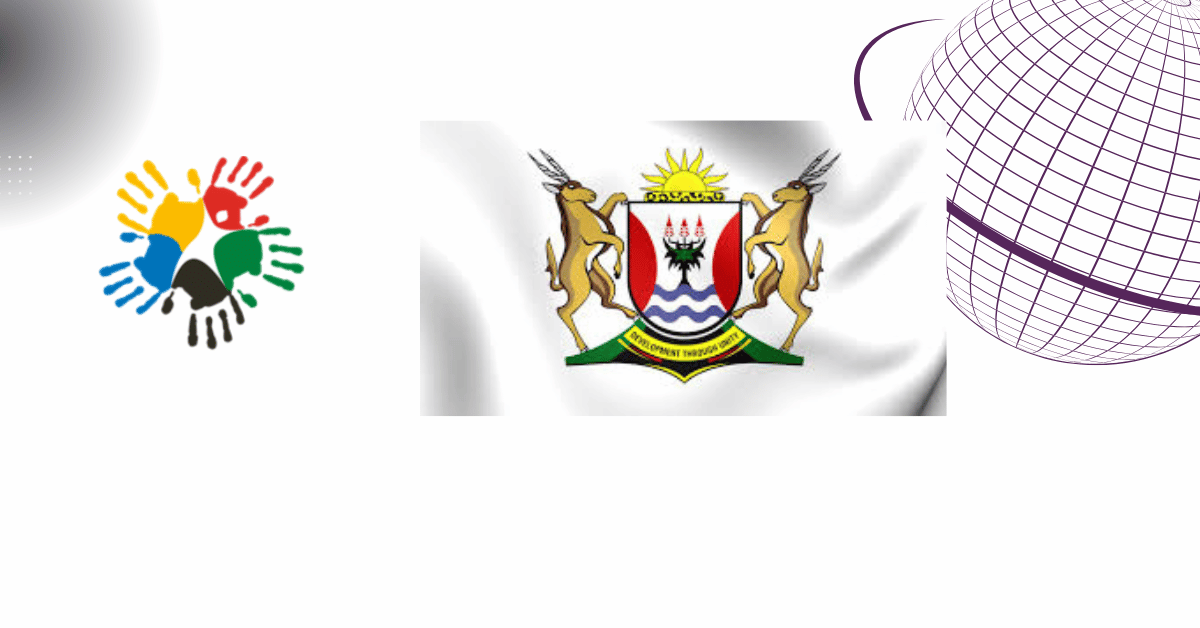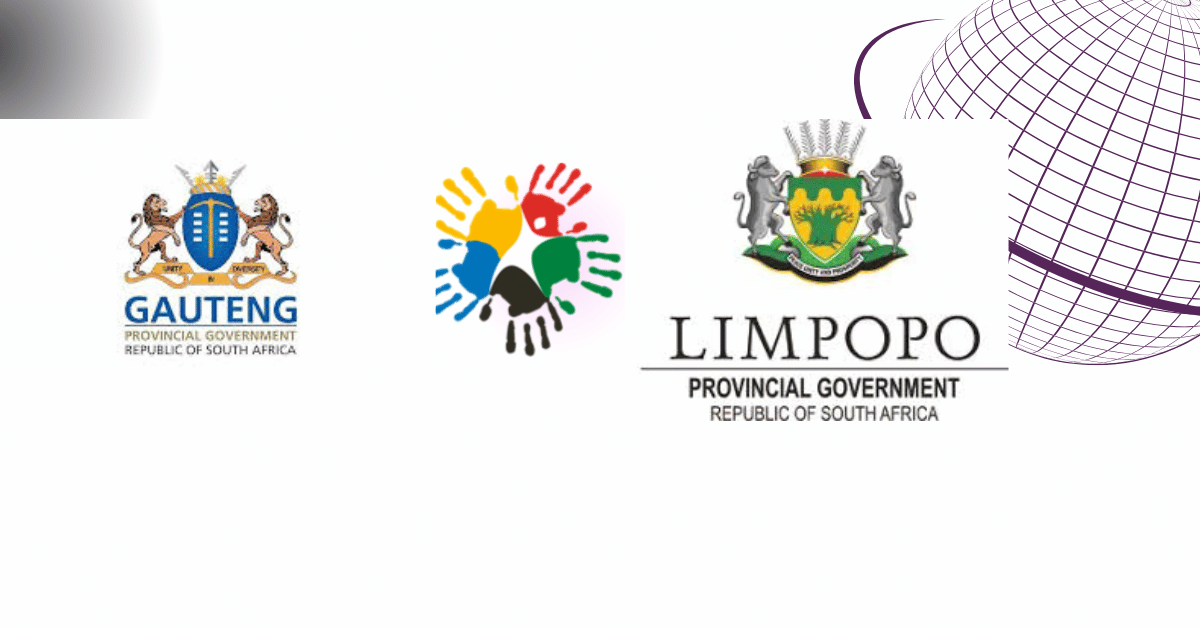Key Takeaway: Switching your SASSA SRD grant payment method to retail stores offers convenience, reduced queues, and instant cash access. Follow these verified steps to update your preferences securely.
The South African Social Security Agency (SASSA) provides the Social Relief of Distress (SRD) grant to assist citizens facing economic hardship. With over 19 million beneficiaries relying on this R350 monthly support, choosing the right payment method is important. Retail store collection—available at partners like Shoprite, Checkers, and Pick n Pay—is a popular option for its accessibility and efficiency.
Before You Begin
- Valid South African ID or asylum document.
- Registered phone number linked to your SRD application.
- Internet access (mobile or computer).
How to Change SASSA SRD to Retail Stores (Step-by-Step)
- Visit the Official SASSA SRD Portal
Navigate to https://srd.sassa.gov.za/ and locate the “Change Banking Details” section. - Verify Your Identity
Enter your ID number and registered phone number. SASSA will send a one-time PIN (OTP) for security verification. Key Takeaway: Always use the phone number linked to your application to avoid delays. - Select “Retail Stores” as Payment Method
Under payment options, choose Checkers, Shoprite, Pick n Pay, Boxer, or USave. Confirm your selection to finalize the change. - Await SMS Confirmation
SASSA will notify you via SMS once the update is processed. Changes may take 3–5 business days to reflect.
Collecting Your Grant at Retail Stores
After updating your method:
- Check SASSA Status Portal
Verify your grant approval for the month to avoid rejected claims. - Visit During Operating Hours
Most stores process payments weekdays from 7:30 AM–4:00 PM. - Present Required Documents
Provide your ID and SASSA confirmation SMS. Retail staff may confirm your registered phone number for security. - Receive Cash Instantly
Collect your R350 grant without bank fees.
Key Takeaway: Retail stores like Pick n Pay (a South African retail giant) offer extended hours, reducing crowding compared to SAPO branches.
Why Choose Retail Stores?
- Zero Fees: Avoid ATM or bank charges.
- Nationwide Access: Over 25,000 till points via partners like Shoprite Holdings and SPAR Group.
- Bonus Incentives: Some retailers offer vouchers for first-time deposits.
.
Alternative Payment Methods
- Bank Deposits: Direct transfers to accounts like Postbank or FNB.
- CashSend: Mobile money via networks like MTN or Vodacom.
Avoiding Fraud
- SASSA will never ask for OTPs or passwords via phone.
- Report suspicious activity to the SASSA.
Need Help?
- Call: 0800601011
- WhatsApp: 0820468553
- Email: Grantsenquiries@sassa.gov.za
Final Takeaway: Updating your SASSA SRD payment method to retail stores is a secure, user-friendly process. Always rely on official SASSA channels or verified partners like Pick n Pay for updates to avoid scams.
Related: How to Switch Your SASSA Grant to Shoprite’s Money Market Account for Free
